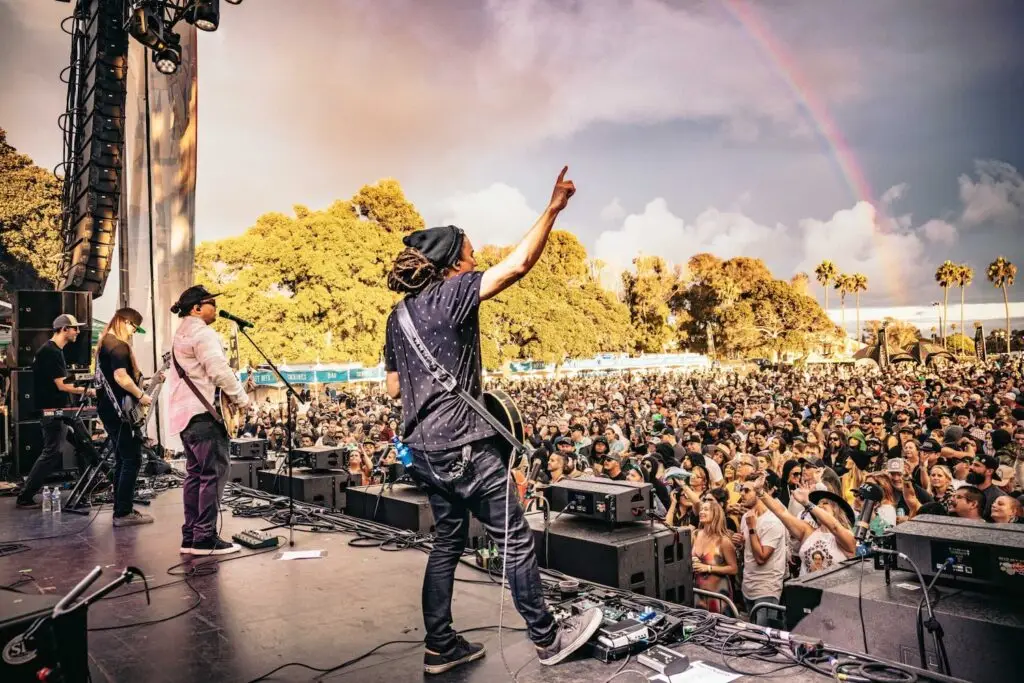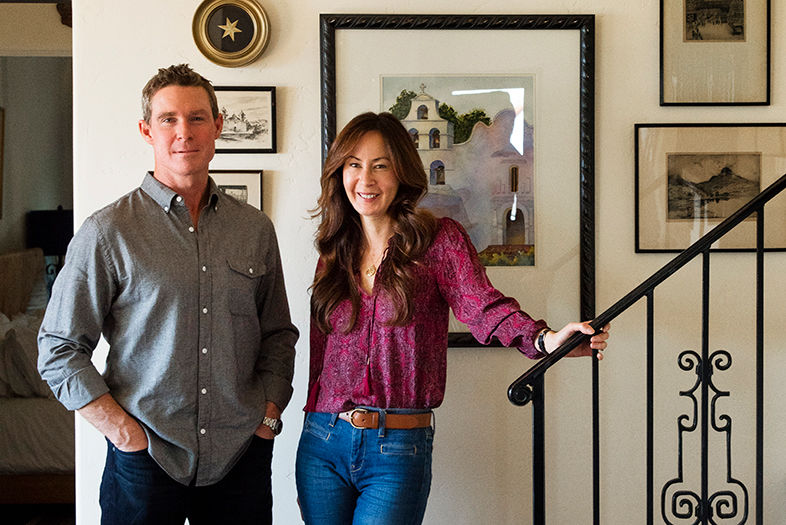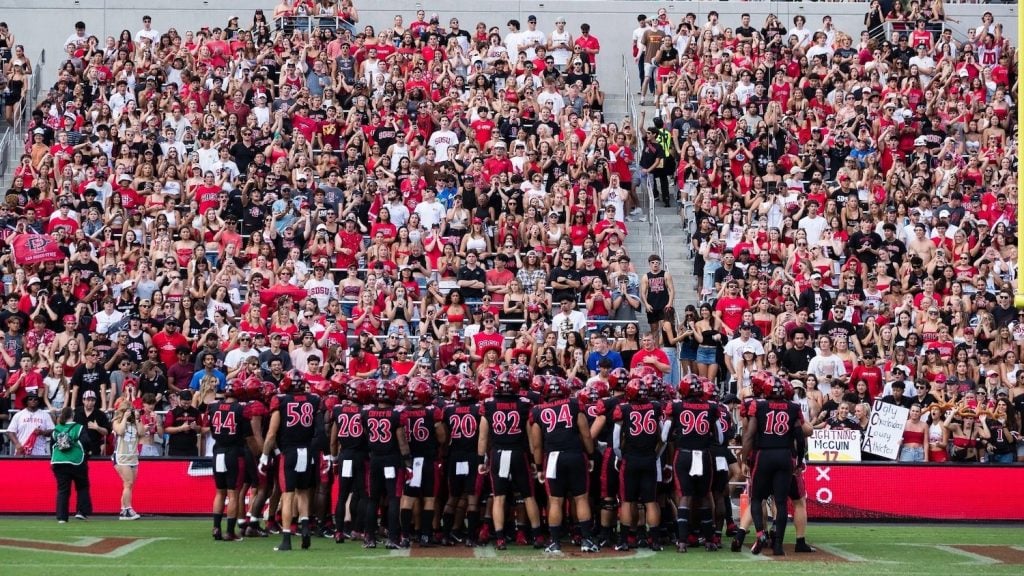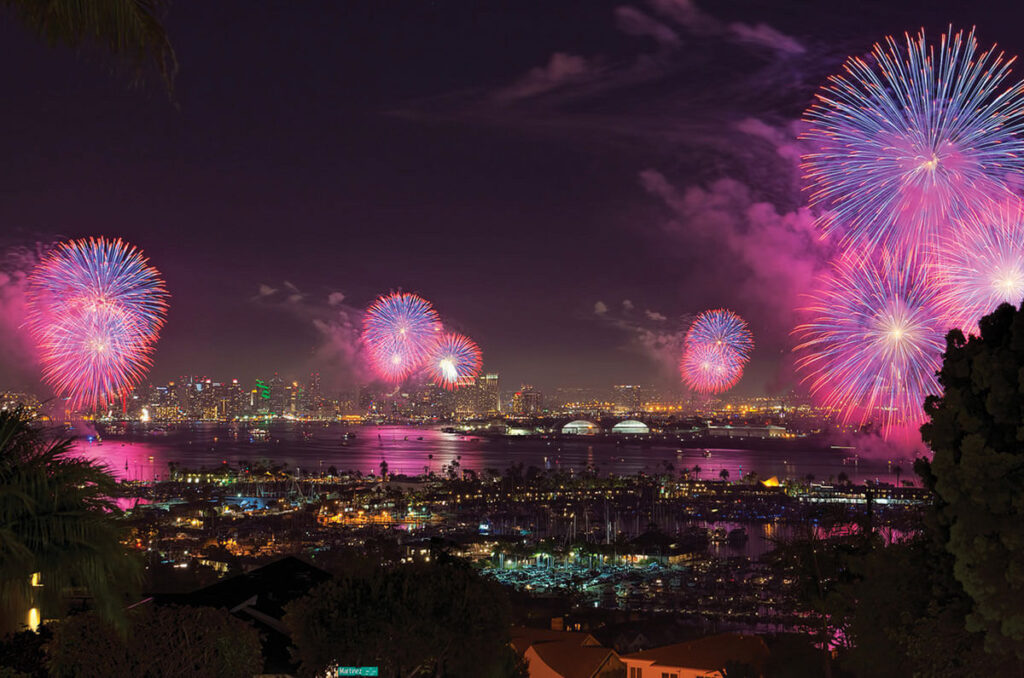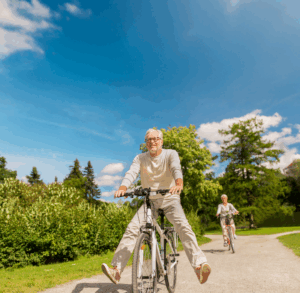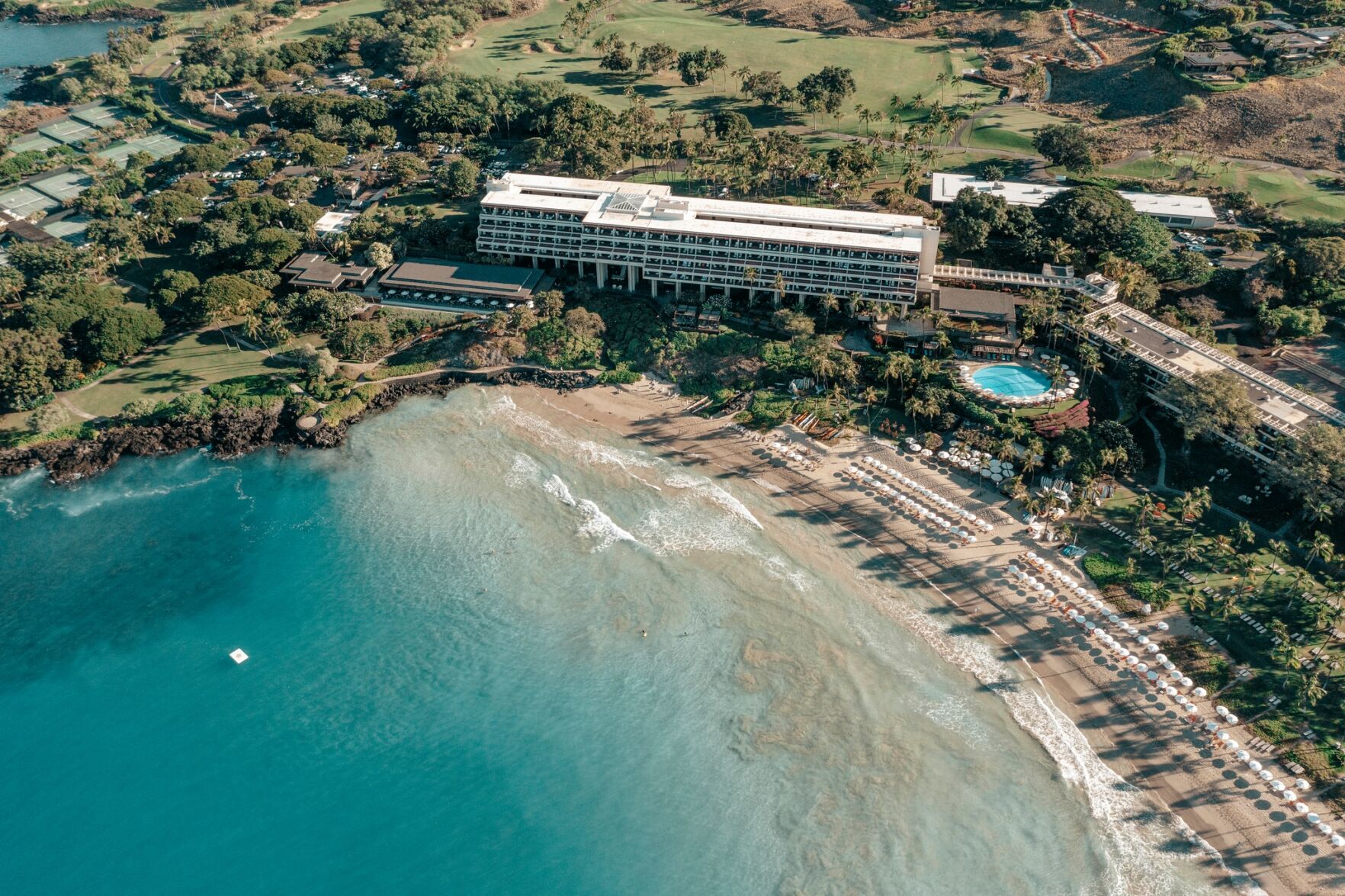
Courtesy of Mauna Kea Beach Hotel
I have a confession. I’ve never been a particularly big fan of Hawaii. Don’t get me wrong. It’s holy-crap!! beautiful, has epic surf breaks like Pipeline, and the fresh poke anywhere you go is worth a trip on its own. But it’s rarely (if ever) at the top of my vacation list.
To me, it’s always felt like season one of The White Lotus: a place for wealthy, white Americans. Truth is, the islands aren’t for me. They’re not for tourists—rich or otherwise; a sentiment I (we) often forget.
When Covid hit, travel to the archipelago was halted in an effort to protect its residents. Though the ban took a drastic toll on tourism initially, travel has begun to increase, even outperforming its 2020 numbers in some areas.
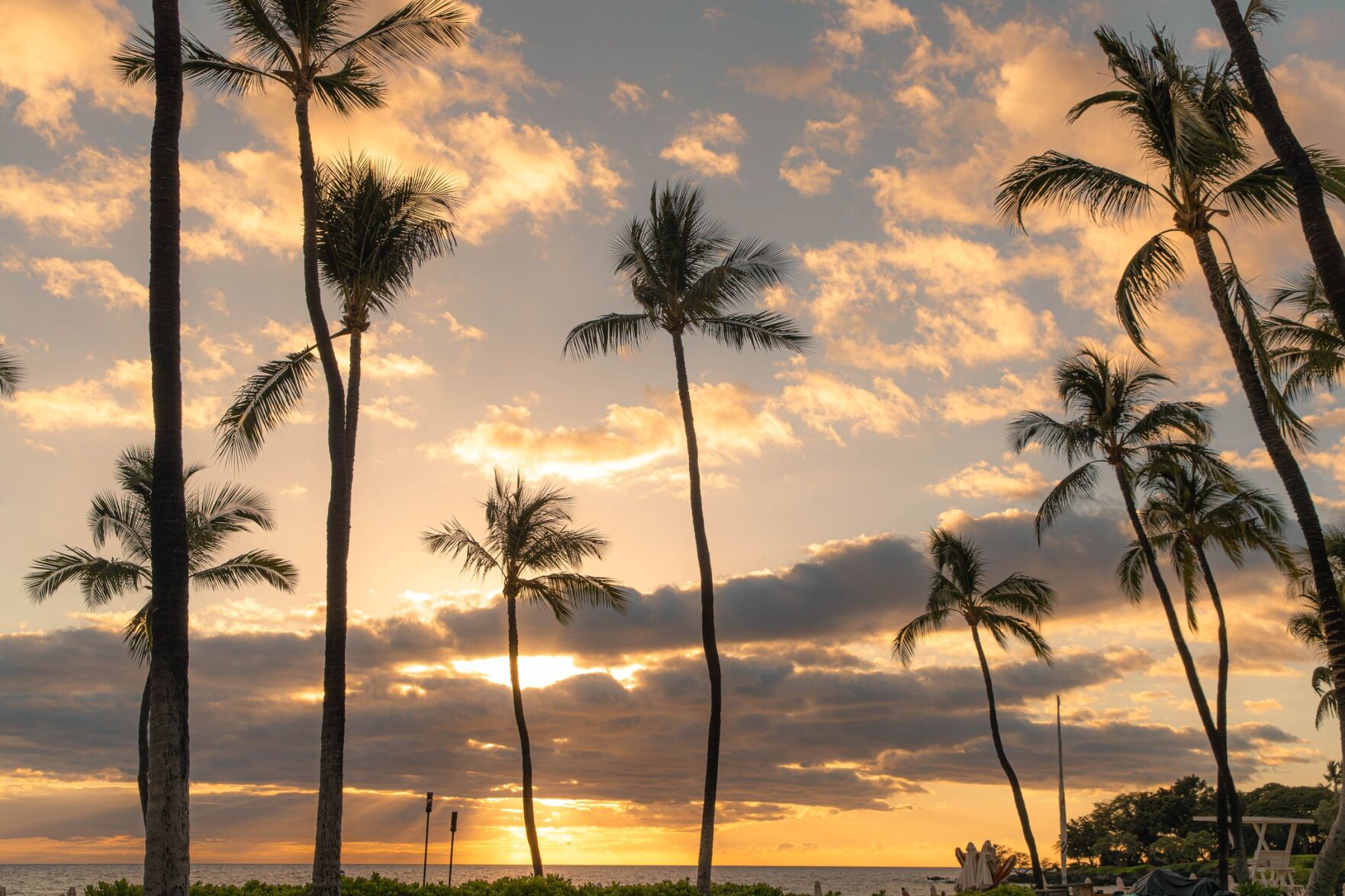
Courtesy of Mauna Kea Beach Hotel
According to the Hawaii Department of Business, Economic Development & Tourism, more than 700,000 people visited in September 2022, a 95.5% increase from September 2019. In 2021, compared to its 1.4 million residents, more than 6.7 million tourists made their way to the islands.
For me, traveling to other countries was always a way to experience other cultures and open up my worldview. I spent my childhood and teenage years soaking up the world. El Salvador, Costa Rica, Peru, Mexico; I loved learning as much as I could about these places to better understand them and the people who call these places home.
But when it came to Hawaii, I threw out this way of thinking, basing my opinions on my own preconceived notions—it’s the United States. It’s not France, Morocco, Brazil, or even Canada; so it always felt very American. Meaning, it was my own experience and background, right? What could I really learn from my own home?
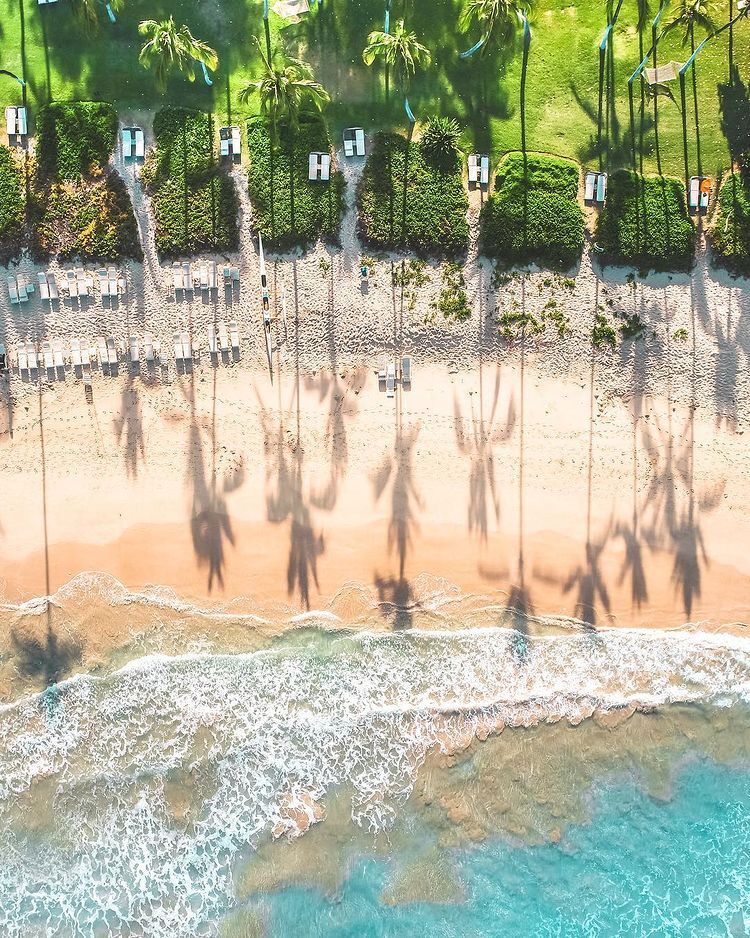
Courtesy of Mauna Kea Beach Hotel
Honestly, it was a really naive (and ridiculous) way of thinking. On previous trips to Hawaii, I failed to understand the respect that should go into visiting someone else’s homeland (even when that place was in my own backyard). The irony is, it took a five-star hotel on my latest visit to help me understand this.
The Mauna Kea Beach Hotel, the first resort hotel to have been built on the island in 1965, was my home for the week. While there, I learned about its five decades of implementing initiatives to support land and water conservation, sustainability, overtourism, and how it was choosing to foster awareness and respect for the island.
From the Kona International airport, we drove along the miles of lava fields, vast stretches of brown and black surrounding us. Lining the roads from Mauka to Makai along the Kona-Kohala Coast, this was not the Hawaii you see in magazines. As we made our way to the resort, we learned about the island’s five major volcanoes including Mauna Loa (which recently erupted in late 2022, the first time since 1984).
I was once told that Hawaiians believe that volcanoes are alive and when they erupt, the earth is reborn. Seeing the vibrant green foliage (life) to one side next to the blackened, destructive path of volcanic activity (death) on the other, I was reminded of the fragility of the islands.
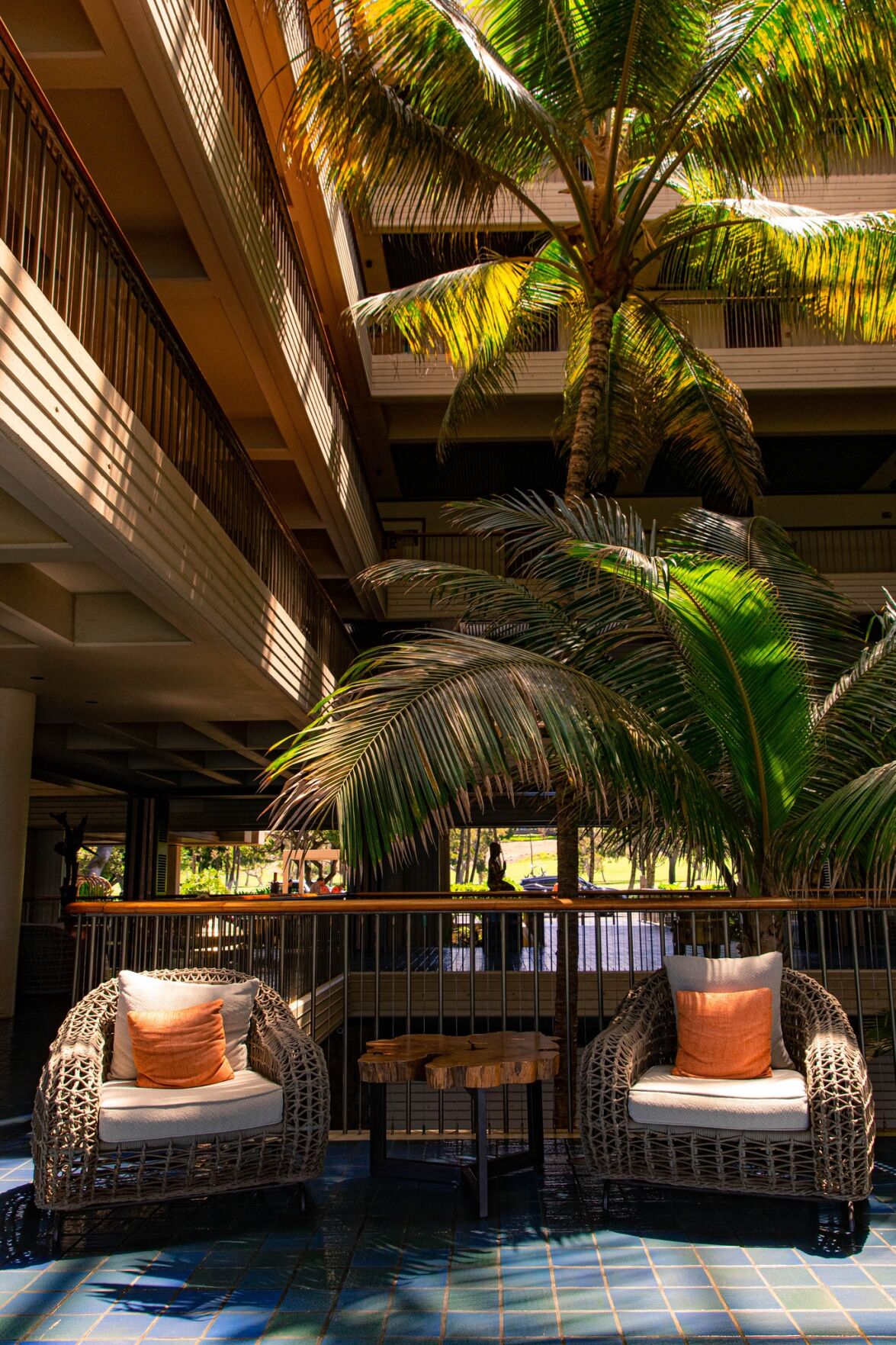
Courtesy of Mauna Kea Beach Hotel
After a 30-minute drive, we arrived at the resort. Its exterior is unassuming, not the typical in-your-face luxury that more modern hotels have. The resort mixes natural elements with architectural design influenced by Frank Lloyd Wright that comes off as calming rather than flashy.
With its open-air lobby overlooking the ocean, you get the sense that its architects understood the significance of placing a large development here, wanting to ensure it was an afterthought compared to its surrounding natural beauty.
Last January, the resort began working with local nonprofits and charitable causes to create programs that promote awareness and respect for the island. Today, portions of your stay are allotted to help support the Hawaii Island Conservation Fund. The fund works with two local nonprofits dedicated to preserving water quality, promoting reef restoration, and maintaining cultural sites.
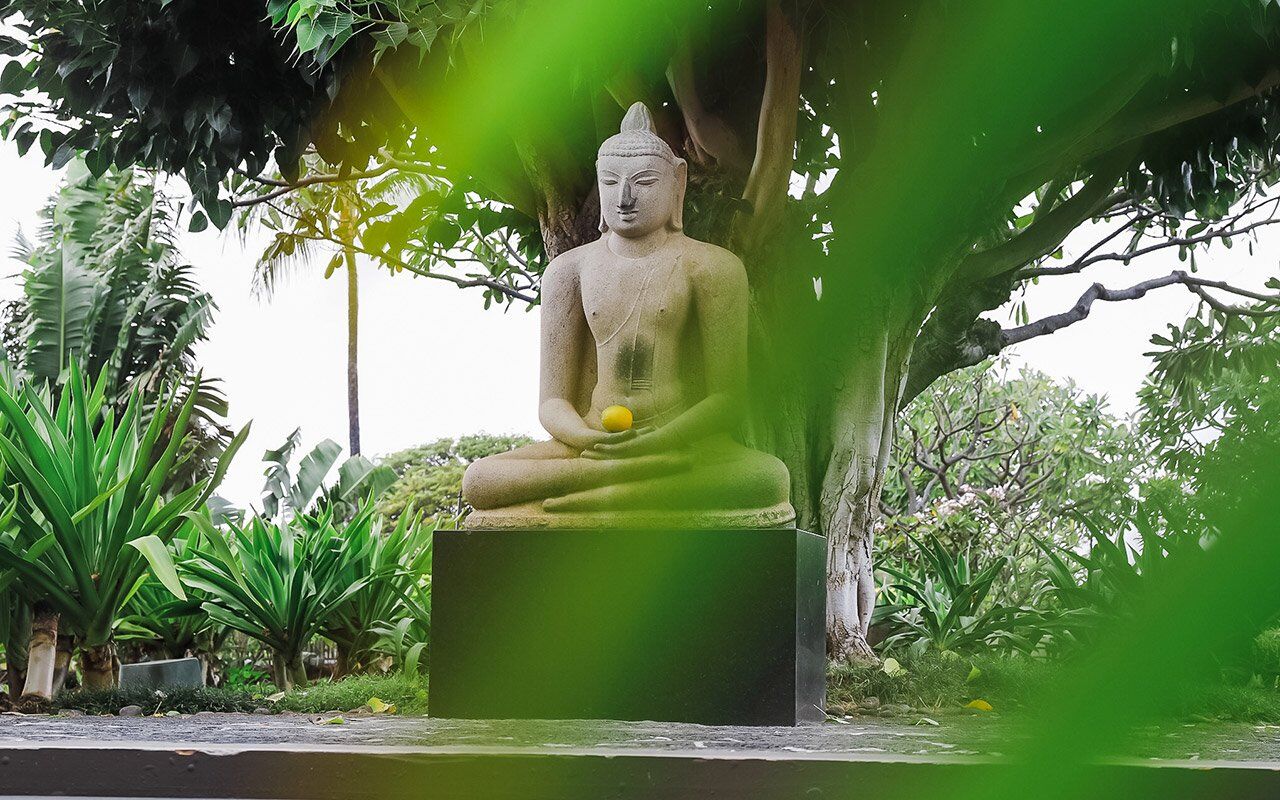
Courtesy of Mauna Kea Beach Hotel
Inside the hotel, Mauna Kea showcases its own heritage with centuries-old, museum-quality artifacts and artwork from Pacific Rim culture. The 1,600-piece collection includes a 700-year-old-sculpture of the head of Buddha discovered during a development site in Northern Thailand.
Guests can take a walking tour throughout the property to learn about each piece of art and better understand traditional Kānaka Maoli (Native Hawaiian) culture. I finally took the time to listen and be a guest in my host’s house.
Like any five-star hotel, guestrooms are modern and spacious with soaking tubs, rain shower bathrooms, and two lanai’s offering lounge chairs on each. There are seven food and beverage options including a market for residents and homeowners (the resort includes private residences) to shop for groceries and local products.
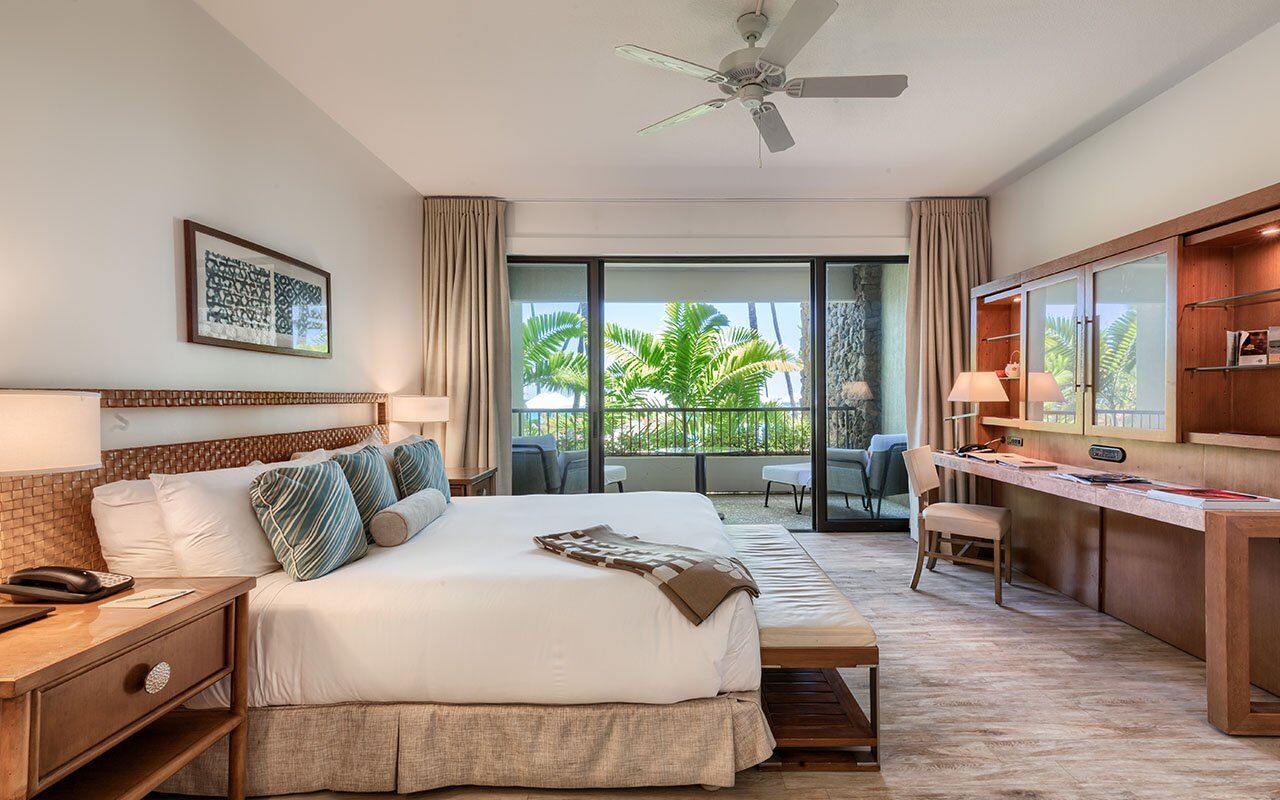
Courtesy of Mauna Kea Beach Hotel
And—while the two award-winning golf courses, full-service spa, water sports, and cultural activities (hula lessons, lei making, and Hawaiian Language classes) are on offer—it’s the stories of its people, the preservation of its past, and decades of supporting locals that sets this hotel apart.
In the years since the pandemic, Hawaii has taken steps to reduce the impact of tourism which can negatively affect residents. Due to the high cost of living, some are being priced out of their homes, while at the same time, the number of visitors is causing environmental damage to its land and water sources. As tourists, it’s our responsibility to take such factors into account when we visit any place.
PARTNER CONTENT
Tourism authorities encourage guests to be mindful of local laws and customs (don’t park in regulated areas, avoid unmarked trails), only take professional tours, and consider a more regenerative approach to traveling.
Basically, try to leave Hawaii better than when you arrived and take the time to learn about your destination. Lessons I had to learn firsthand, thanks, in part, to the Mauna Kea Beach Hotel.
